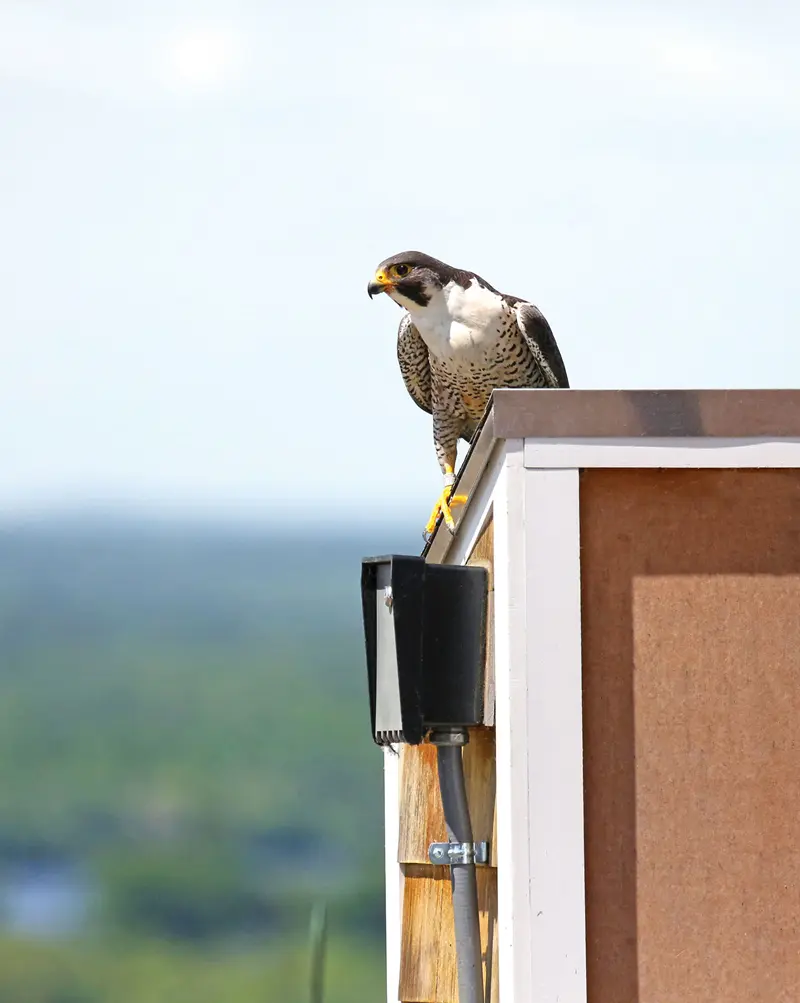
01/27/2017
Sure, there’s Allen House and its showy sunsets. The Saab Center’s not too shabby, nor is the Rec Center. Hard to turn your nose up at the Riverwalk behind the Tsongas, hard to avoid the “Wicked Blue” turf alongside Cushing Field. But there are other, lesser known (or understood) gems on campus. Some of them are hidden in plain sight; others are just plain hidden.














